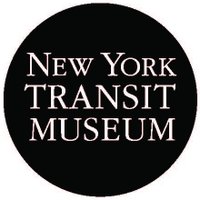
NY Transit Museum
@nytransitmuseum
New York Transit Museum is a unique museum devoted to the impact of public transportation on the growth and development of the New York metropolitan region.
ID: 103965911
https://linktr.ee/nytransitmuseum 11-01-2010 20:51:09
14,14K Tweet
27,27K Followers
1,1K Following












#MeetTheBuses at #BusFestival: Bus 3100 was the the first air-conditioned bus in the United States! It was built as an experiment in 1956. See it Sunday, September 8th 10am – 3:30pm at Brooklyn Bridge Park! The event is FREE. RSVP at nytransitmuseum.org/BusFestival.



























